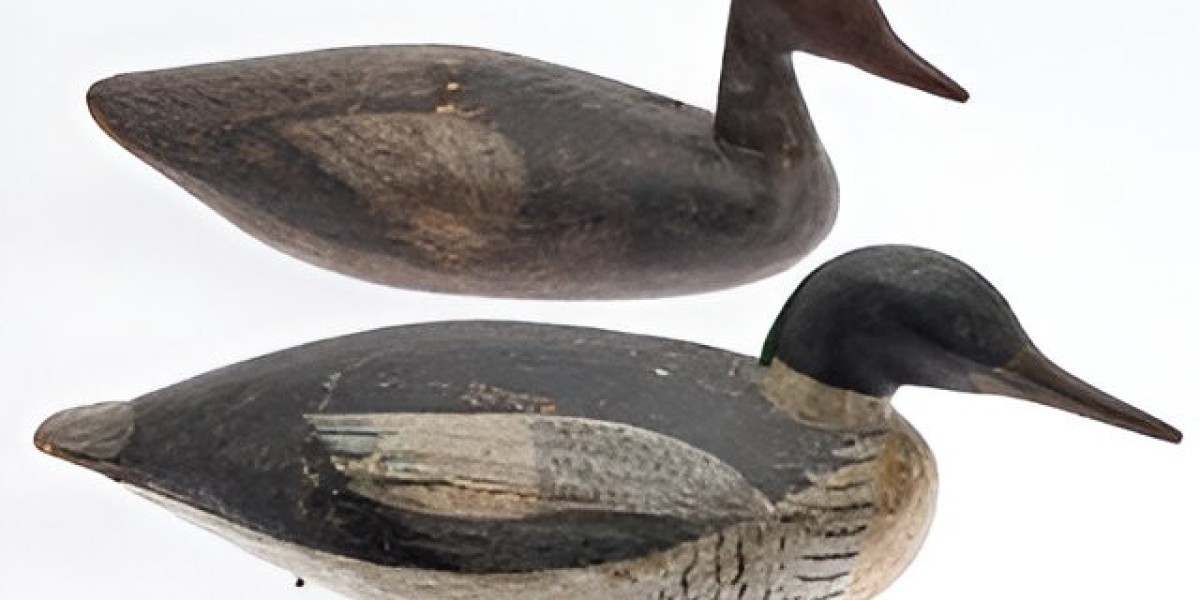Antique decoys hold a special place in the world of collectibles, bridging the gap between art and function. Originally crafted to lure waterfowl during hunting seasons, these handcrafted items have now evolved into sought-after collectibles. Their charm lies not only in their history but also in their craftsmanship, each piece telling a story of its own. Today, decoys have moved from the fields and waters into homes and collections worldwide, where they are appreciated for their beauty, rarity, and cultural significance. For those looking to explore this unique niche, platforms like Bidsquare offer a vast array of antique decoys, giving collectors a chance to own a piece of history.
The History of Antique Decoys
Decoys have been used for centuries by hunters to attract waterfowl like ducks and geese. Early decoys were hand-carved from wood and painted with detailed accuracy to mimic real birds. Skilled craftsmen focused on both their visual appeal and durability, which has made these decoys highly sought after by collectors. By the late 19th and early 20th centuries, decoy-making became recognized as an art form, especially in regions like Chesapeake Bay and the Great Lakes. As hunting declined, decoys transitioned from practical tools to collectible folk art, valued for their craftsmanship and history.
Why Collect Antique Decoys?
Collectors are drawn to antique decoys for their craftsmanship, historical value, and rarity. Each decoy reflects the era and skill of its maker, with unique features like detailed carvings and brushstrokes that set it apart from mass-produced items. Their connection to regional waterfowl hunting traditions adds cultural significance, making them more than just decorative pieces. Platforms like Bidsquare offer a range of decoys from different species and regions, allowing collectors to find pieces that reflect both artistry and heritage.
Recognizing Quality and Rarity
Understanding the factors that contribute to the value of antique decoys is crucial for collectors. Key elements include rarity, condition, maker, and provenance. Decoys in excellent condition with intact original paint are especially sought after, while pieces made by renowned carvers like Elmer Crowell and Charles Perdew command higher prices due to their historical significance. New collectors should familiarize themselves with different makers and styles and explore online auctions on trusted platforms like Bidsquare to compare pieces and make informed purchases.
Preserving and Displaying Antique Decoys
Proper care is vital for maintaining the value of antique decoys, which are often made of wood and painted with natural pigments susceptible to wear. Keeping them in a controlled environment away from direct sunlight and humidity helps preserve their integrity. Many collectors opt to display their decoys in cabinets or on shelves to protect them from dust and handling. If restoration is needed, it's crucial to consult a professional conservator, as improper restoration can diminish a decoy's value.
Conclusion
Antique decoys are much more than hunting tools of the past; they are cultural artifacts that capture the essence of a different time. For collectors, they offer a fascinating intersection of history, artistry, and regional heritage. Whether you’re an experienced collector or just starting, platforms like Bidsquare provide a trusted marketplace to explore and acquire these beautiful pieces through antique auctions. With a little research and a keen eye, collecting antique decoys can be a rewarding endeavor, offering both aesthetic pleasure and a deep connection to American folk art tradition.








